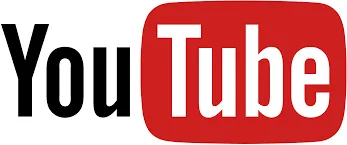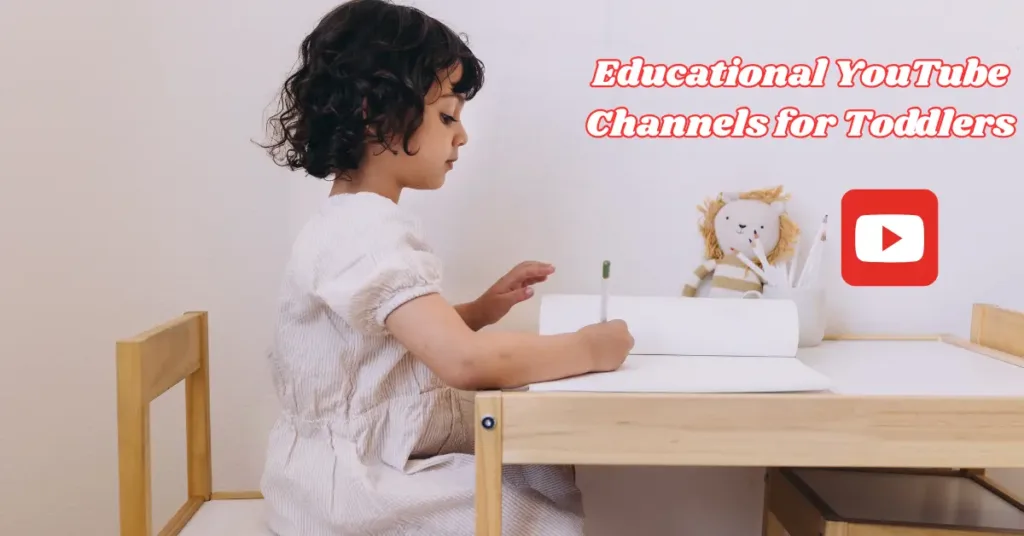In today’s digital world, toddlers are growing up surrounded by screens. While screen time often raises concerns among parents and educators, it can be incredibly valuable when used correctly. One of the most effective ways to combine entertainment with learning is through educational YouTube channels for toddlers.
These channels offer structured, age-appropriate content that supports early childhood development in areas like language, math, motor skills, and emotional intelligence. This article explores some of the best channels available, what to look for in quality content, and how to make YouTube a meaningful part of your toddler’s learning journey.
I. Why Educational YouTube Channels Matter for Toddlers
The toddler stage (ages 1–3) is a critical period of development. Children are rapidly building foundational skills in:
- Language acquisition
- Cognitive development
- Motor coordination
- Emotional and social understanding
Educational YouTube channels designed for toddlers can support this development through:
- Repetition and rhythm (to aid language and memory)
- Visual and auditory stimulation (to support engagement and comprehension)
- Positive modeling (through animated or real-life role models)
- Interactive learning experiences
II. What to Look For in Toddler-Friendly Educational Content
Before we list recommended channels, it’s important to understand the criteria that define high-quality educational YouTube content for toddlers:
A. Age-Appropriate Language
The content should use simple, clear, and repetitive language that toddlers can understand and begin to mimic.
B. Safe and Non-Distracting Visuals
Bright visuals are important, but overly fast-paced or flashy content can overstimulate young viewers. Look for slower-paced, gentle transitions.
C. Educational Focus
Good channels teach core skills such as:
- ABCs and numbers
- Shapes and colors
- Animal names and sounds
- Emotional expression and social skills
- Healthy habits (e.g., brushing teeth, sharing, saying thank you)
D. Limited Screen Time Suggestions
Channels that encourage parent participation or offer real-world extensions (like a song followed by a suggested hands-on activity) promote better outcomes.

III. Best Educational YouTube Channels for Toddlers
Here are some of the most trusted and widely recommended YouTube channels offering educational content for toddlers:
1. Cocomelon
- Focus: Nursery rhymes, songs, daily routines
- Why it’s great: Repetition and rhythm help toddlers with speech and language development. Songs cover topics like potty training, manners, and family values.
2. BabyBus
- Focus: Educational songs and safety tips
- Why it’s great: Offers content in multiple languages. Features fun characters that teach safety rules, colors, numbers, and more.
3. Super Simple Songs
- Focus: Language development through songs
- Why it’s great: Slow-paced, clearly spoken songs make it easier for toddlers to follow and learn. Ideal for early vocabulary and motor actions.
4. PBS Kids
- Focus: Animated shows with educational themes
- Why it’s great: Features trusted characters like Daniel Tiger and Elinor Wonders Why. Episodes teach empathy, communication, and curiosity.
5. Blippi
- Focus: Real-world exploration
- Why it’s great: Blippi introduces toddlers to construction sites, farms, and other real-world environments, explaining basic concepts in a fun and enthusiastic way.
6. Dave and Ava
- Focus: Animated nursery rhymes and early learning
- Why it’s great: High-quality animation and soothing music introduce numbers, letters, and everyday routines.
7. Little Baby Bum
- Focus: Educational songs and animated stories
- Why it’s great: Great for bedtime routines and quiet time learning. Focuses on social themes, numbers, and colors.
8. Kiboomu Kids Music
- Focus: Preschool songs and curriculum-aligned topics
- Why it’s great: Designed by teachers and aligned with early learning objectives. Helps develop listening and motor skills.
IV. Benefits of Educational YouTube for Toddlers
When used thoughtfully, these channels offer several developmental benefits:
| Benefit | Description |
|---|---|
| Language Development | Repetitive songs and simple vocabulary help build early speech skills |
| Motor Skill Practice | Many videos encourage dancing, clapping, and hand gestures |
| Routine Building | Songs about daily activities help toddlers follow consistent routines |
| Emotional Learning | Shows like Daniel Tiger teach how to handle emotions and social situations |
| Parental Engagement | Some channels include parent-focused content or prompts for co-viewing |
V. Best Practices for Using YouTube with Toddlers
1. Set Time Limits
Follow pediatric guidelines: ideally, no more than 1 hour of screen time per day for toddlers aged 2 and older. Under 18 months should have minimal exposure, unless video chatting.
2. Co-View with Your Toddler
Watch together to help explain new words, reinforce messages, and model positive behavior.
3. Use the YouTube Kids App
The YouTube Kids app allows for:
- Age-appropriate filtering
- Screen time limits
- Parental control over search and channels
4. Extend Learning Beyond the Screen
Use what your child watched as a starting point for real-world interaction. For example:
- After watching a video on animals, go outside for a nature walk
- After learning a color song, organize a sorting game with toys
VI. Potential Concerns and How to Address Them
While YouTube can be an excellent educational tool, there are a few considerations to keep in mind:
| Concern | Solution |
|---|---|
| Unsupervised autoplay | Turn off autoplay or use YouTube Kids to filter content |
| Overstimulation | Choose slower-paced content with calm visuals and sound |
| Excessive screen time | Balance with physical play, books, and social time |
| In-app ads | Use ad-free platforms when possible, or consider YouTube Premium |
VII. Conclusion
Educational YouTube channels for toddlers offer a unique opportunity to support early learning in a fun, engaging way. From developing early literacy skills to building positive routines and social awareness, these videos can complement real-life learning when used in moderation and with care.
As a parent, caregiver, or educator, your guidance plays a key role in ensuring that screen time is purposeful and beneficial. By choosing the right channels and watching together, you can help your toddler make the most of their early learning years — both on screen and off.

